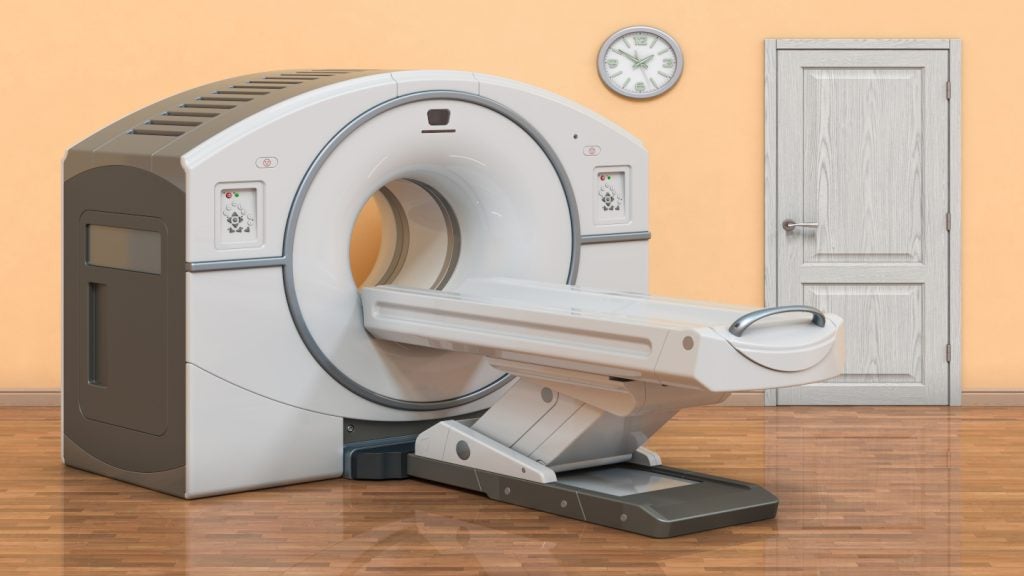Siemens Healthineers has secured the CE Mark for two innovative features within its syngo.PET Cortical Analysis software application.
These enhancements utilise positron emission tomography (PET) to measure protein deposits in the brain that are indicative of Alzheimer's disease.
The new Centiloid scoring feature is a method to standardise beta-amyloid plaque quantification in PET scans across various radiopharmaceuticals.
The second feature focuses on tau PET quantification, assessing the distribution and density of tau protein tangles using the radiopharmaceutical flortaucipir.
The Centiloid scoring system is particularly significant for diagnosing Alzheimer's, managing patient care, and designing clinical trials for disease-modifying therapies. It employs a 100-point scale to standardise beta-amyloid plaque measurements from different PET scanners and tracers.
This standardisation has become increasingly vital following the US Food and Drug Administration's approval of new therapeutic drugs such as Kisunla and Leqembi, aimed at reducing cognitive impairment by removing beta-amyloid from the brain.
Siemens Healthineers Molecular Imaging product lifecycle management director Martin Cordell said: “The ability to quantify the buildup of amyloid plaque and tau protein in the brains of Alzheimer’s disease patients can provide clinicians with important diagnostic and staging information pertaining to the disease.
“The addition of Centiloid scoring and tau PET quantification features to our syngo.PET Cortical Analysis software fortifies our integrated and comprehensive portfolio for detection, diagnosis, monitoring, and follow-up related to Alzheimer’s disease.”
Alzheimer's disease is marked by the build-up of beta-amyloid plaques and tau protein tangles in the brain, which lead to neurodegeneration and cognitive decline.
The correlation between tau deposits and cognitive performance in Alzheimer's patients is well-documented.
Siemens Healthineers' tau PET quantification feature utilises Braak staging to classify the progression of tau pathology. This six-stage model is closely linked with cognitive impairment levels, with later stages indicating more severe symptoms.
Tau PET has been instrumental in recent amyloid-directed drug trials for patient stratification and treatment response evaluation.
With tau's strong link to disease severity, tau-targeted therapies are currently undergoing various phases of clinical trials, where tau PET quantification plays a crucial role.
















